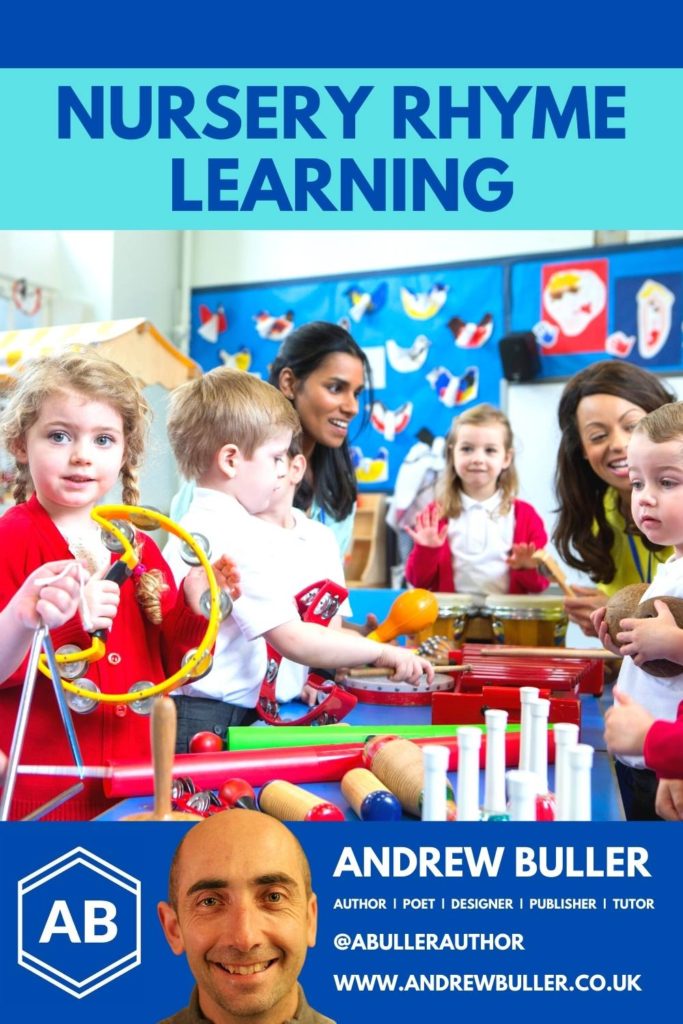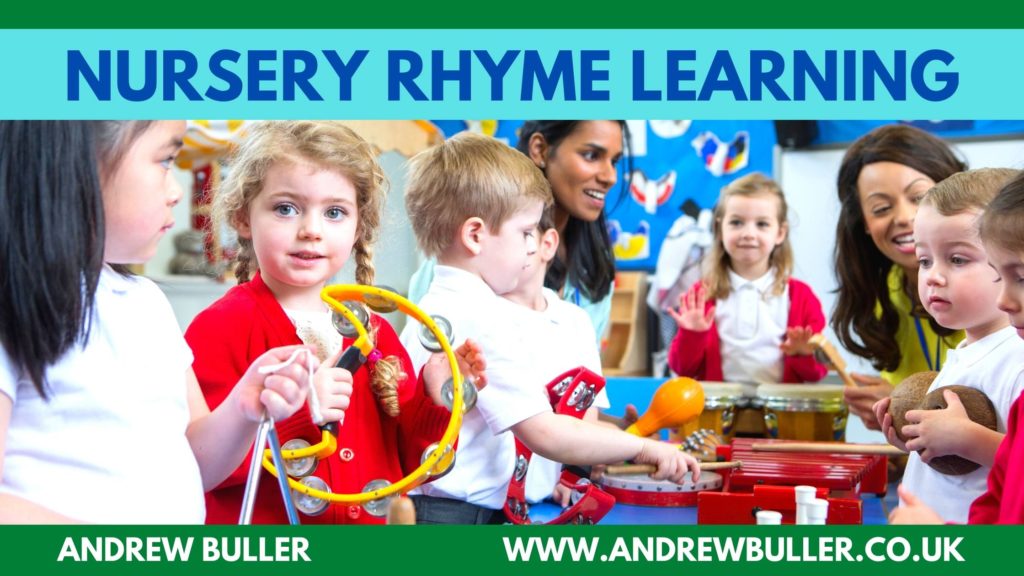This post highlights another of The Rhymers’ books – Nursery Rhymers. We will delve into the book, explore the rationale behind it and look at the overwhelming evidence of the importance of nursery rhymes to the early educational development of children.
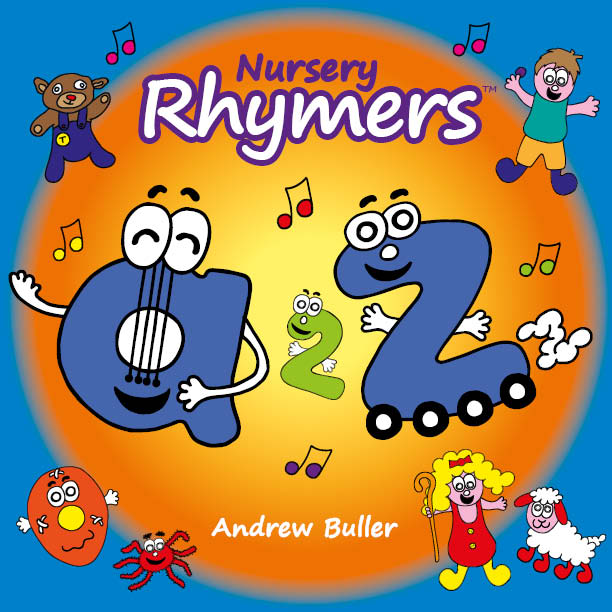
Introducing the “Nursery Rhymers” book
The Nursery Rhymers book takes fifteen of the most well-known and well-loved nursery rhymes and The Rhymers make them their own, bringing their own love, charm and joy to these old favourites! If you are not familiar with The Rhymers’ characters then this book is an ideal opportunity to get to know them as each of the 26 letters appear in their rhyming pairs. Rhyme Island’s loveable dizzy-leg-sick dog Mubble Puppy also makes a number of appearances too and your children can count how many times they can spot him. You will also meet The Rhymers’ nursery rhyme friends along the way.
The concept for this book sparked from a conversation with my daughter. She is very pleased that the idea gave from her and loves having a credit to her in the book. If she had her way though, it would be her name on the front cover instead of mine! But for now it remains my name on the front! I hope that one day though this might inspire her to have her own work in print too.
In creating this book I have loved just how many of my characters lend themselves so perfectly to particular nursery rhymes…
Hairy and Scary just had to appear with Spider and Miss Muffin.
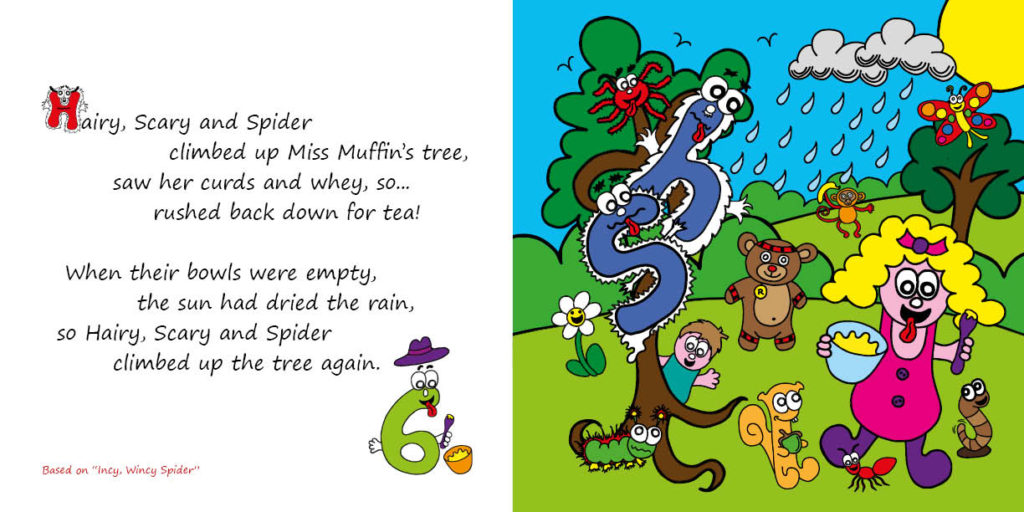
Giggle and Jiggle insisted that they made jelly to the “Pat-a-cake” tune.
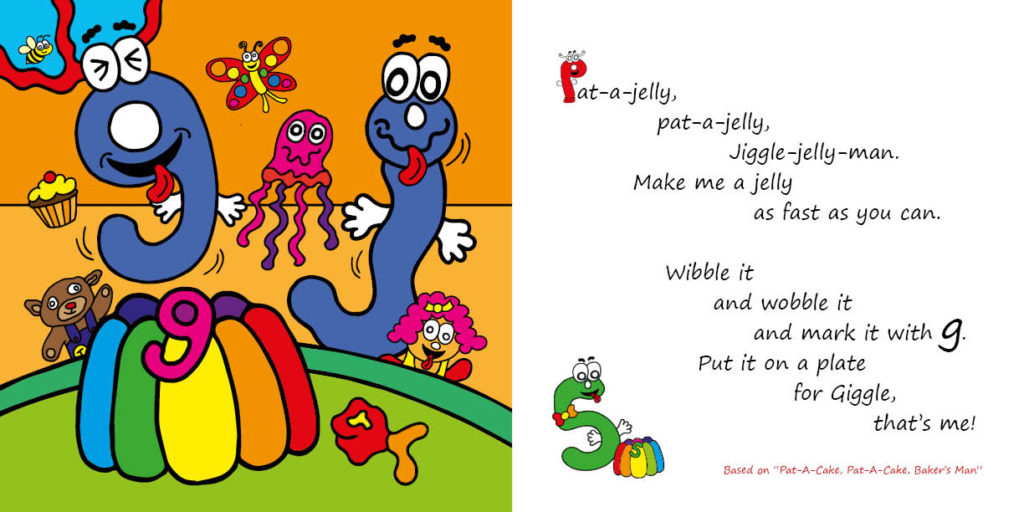
The ever-arguing Over and Under were adamant that it was no longer Polly putting the kettle on, but them!
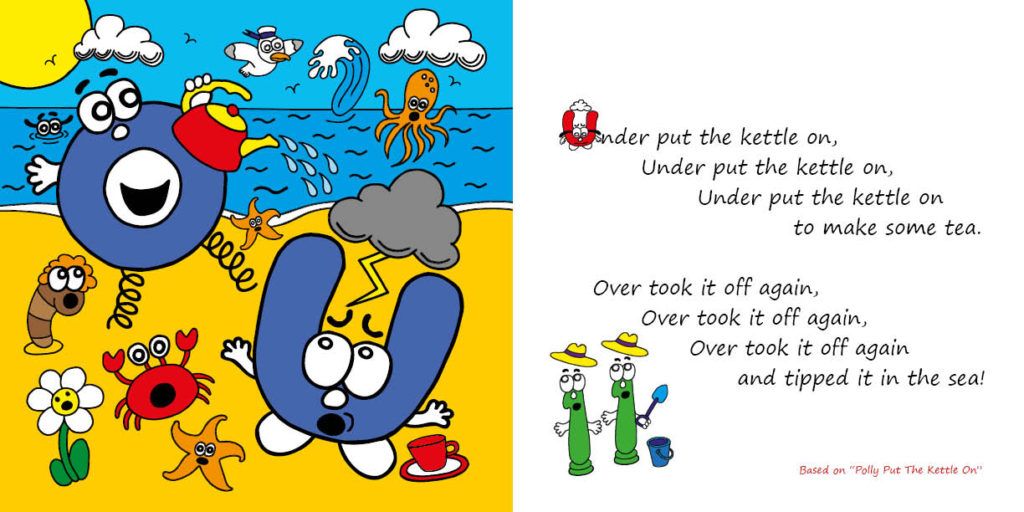
Introducing Rhyme Island’s nursery rhyme characters
Rhyme is central to the life of The Rhymers. Therefore it is no surprise to find your favourite nursery rhyme characters living on Rhyme Island too. If you were a nursery rhyme character where better place to be than with friends that speak in rhyme all the time!
The nursery rhyme characters live alongside The Rhymers on Rhyme Island and have already made a number of appearances within The Rhymers’ books. Many more are planned in future stories.
For instance, Little Meg Peep and her baby sheep appear in Egg & Leg’s story.
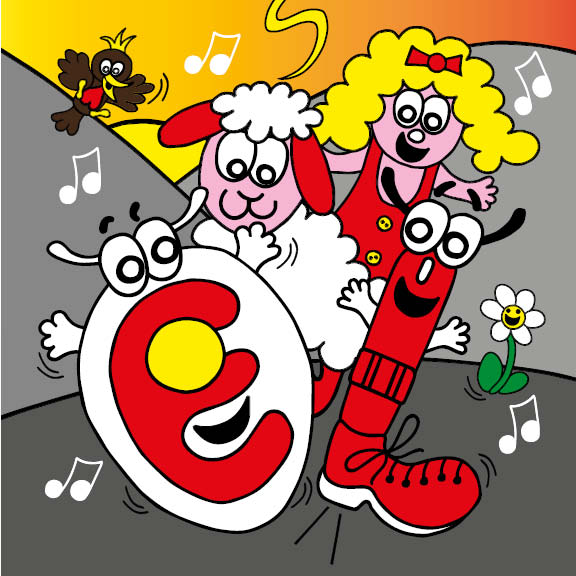
Miss Muffin and Spider are an integral part of Hairy and Scary’s adventure.

The Rhymers’ Mime and Rhyme live at Rhyme Nursery and this is where each of the nursery rhyme characters go to school. Mubble Pup makes a visit to Rhyme Nursery in his story and tries so, so hard in each of his lessons.

Each of these books and many more are available from my Amazon pages.
Educational benefits of nursery rhymes
The evidence for the benefits of engaging with nursery rhymes from a very young age is overwhelming. The vision of this book is that as well as exciting children to learn and sing my rhymes, for them to go and hunt out the originals too.
The ability to rhyme is highly correlated with early reading achievement in children
Athey 1984
Rhyme time events have always been an integral part of Bookstart’s approach to children’s learning. They summarise key academic papers demonstrating the educational benefits of rhyme. Dunst, Meter & Hamby in 2011 examine the “Relationship Between Young Children’s Nursery Rhyme Experiences and Knowledge and Phonological and Print-Related Abilities” and provide further evidence of rhyme’s role in child development.
A great article in Wales Online from 2011 quotes that “experts in literacy and child development have discovered that if a child knows eight nursery rhymes by heart by the time they are four years old, they are usually among the best readers and spellers in their class by the time they are in Year 3.” The article goes on to detail many of the benefits of knowing nursery rhymes:
1. Nursery rhymes are a great way into learning early phonic skills
2. Nursery rhymes give children practice in pitch, volume as well as in language rhythm
3. Nursery rhymes expand your child’s imagination
4. Nursery rhymes follow a clear sequence of events
5. Nursery rhymes are easy to repeat, so they become some of a child’s first sentences
6. Nursery rhymes improve a child’s vocabulary
7. Nursery rhymes are an early form of poetry
8. Nursery rhymes contain sophisticated literary devices such as alliteration or onomatopoeia
9. Nursery rhymes are fun!
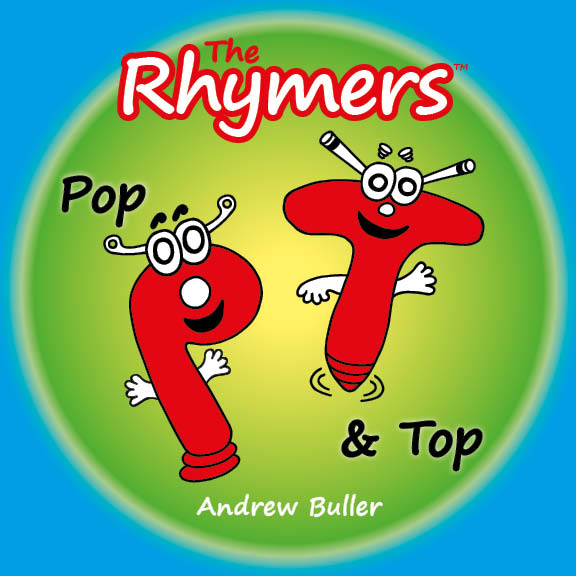
Singing with your children
The “Nursery Rhymers” book is designed to be sung with your child to the familiar nursery rhyme tunes. On each page the nursery rhyme that my rhyme has been based on is given to assist you. If you are unsure of any of the tunes then a quick trip to YouTube is guaranteed to help!
There is strong evidence of the developmental benefits of singing with your child from a very young age, even if you feel you are not getting a response back! I know when my own daughter was very young I could feel a bit of a fool singing rhymes to her when she was not joining in and also because I have a terrible singing voice! Yet to see her language flourish when she began to speak was an incredible reward for putting this foundation in.
A fascinating article in The Guardian explores findings from a new book by Sally Goddard Blythe that “claims that ‘signature’ melodies and inflections of traditional rhymes prepare children’s brains for language.” Rhymerhythmandsong.co.uk explore the evidence for singing in young children’s educational development further.
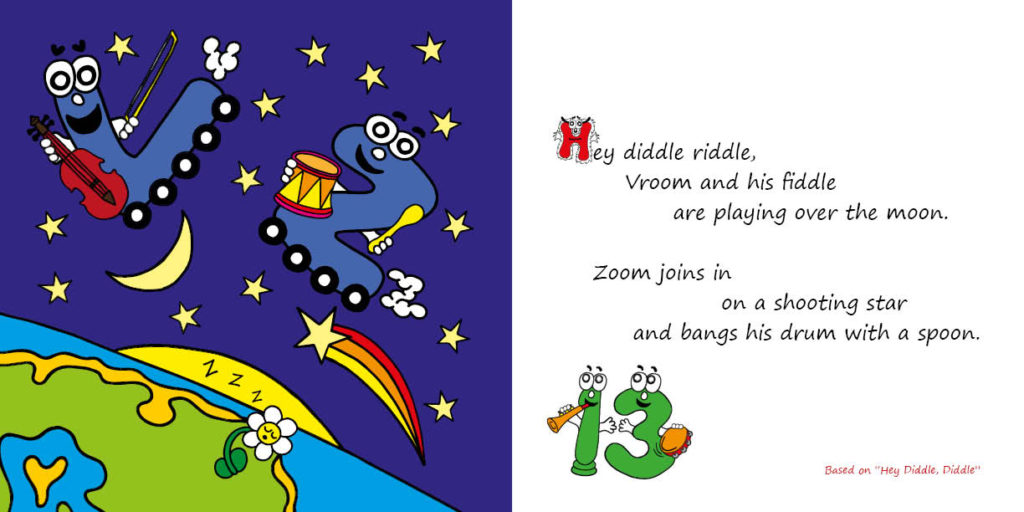
Claiming the nursery rhymes for the children
“Many of these songs were not originally for children,” says Kay Vandergrift, Professor Emerita of Children’s Literature at Rutgers University. Indeed when you look into the origins of many of these nursery rhymes, as a fascinating piece by Michael Sizer does, there is often a more brutal, sinister social commentary going on. That is certainly not something you would get from The Rhymers! So in my head anyway, The Rhymers’ are claiming these rhymes back for the children with innocent, child-friendly tales!
So please take a look at this book. Share it with your children. Sing it with your children. Share news of it with anyone with young children. Enjoy. Love nursery rhyming!
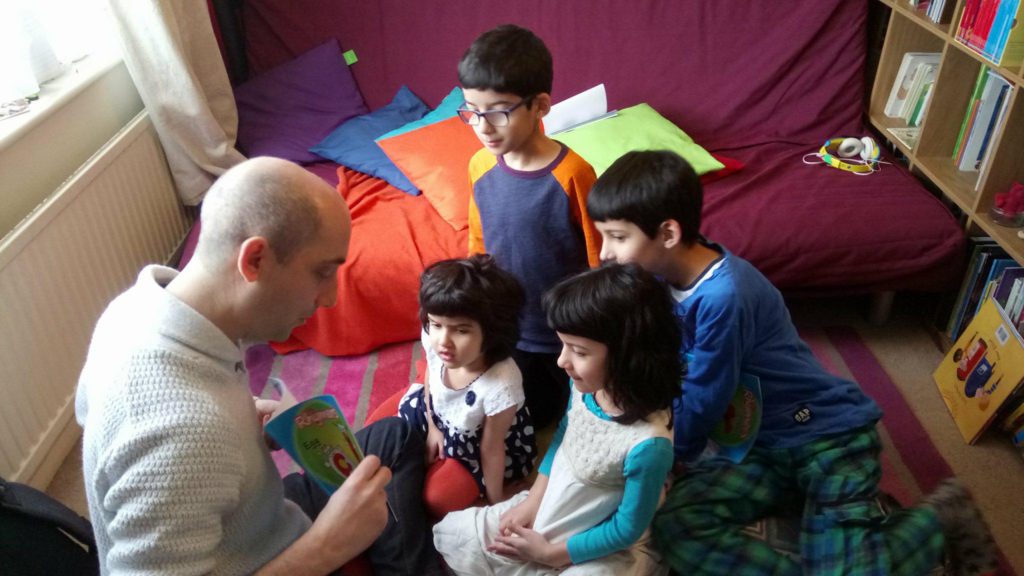
Andrew Buller is the author, illustrator and designer of the children’s rhyming alphabet series, The Rhymers. Much more information can be found across this website, including how you can contact Andrew to arrange a school visit or talk, or to read his many other blog posts.
Pin Me
